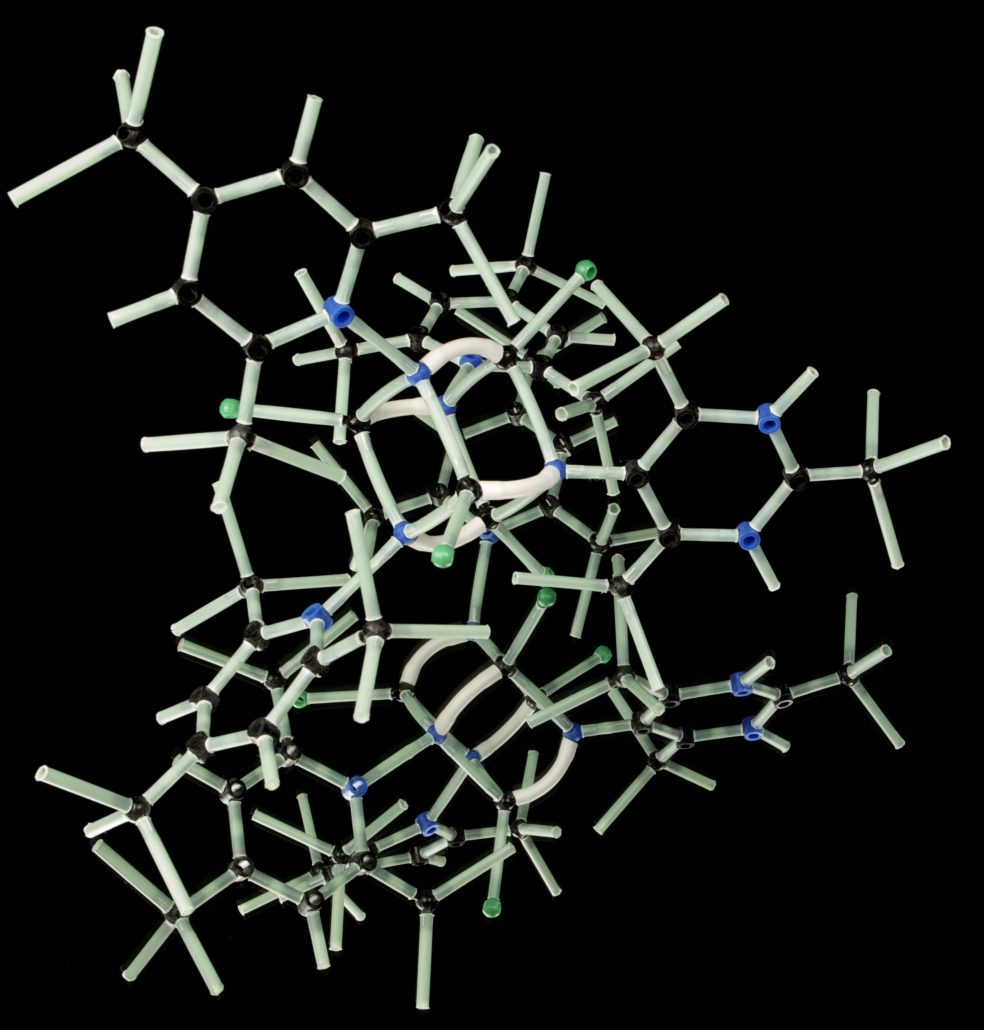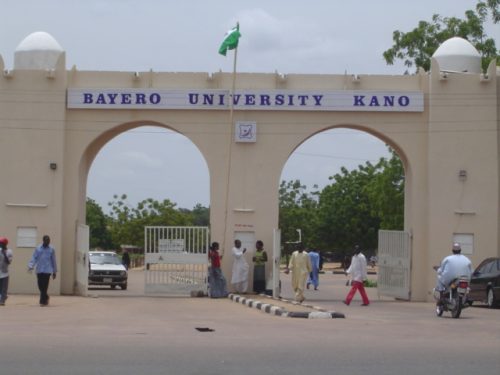Biology Keypoints; ORGANISATION OF LIFE AND CLASSIFICATION OF LIVING ORGANISMS; This topic is suitable for students who are sitting for the following examinations. WAEC, NECO, IJMB, JUPEB

CLASSIFICATION OF LIVING ORGANISMS
HIERARCHY OF LIVING ORGANISMS
• Kingdom
• Phylum
• Class
• Order
• Family
• Genus
• Species
Kingdom: they are further sub-divided into 5 kingdoms namely:
Kingdom Monera: They are referred to as PROCARYOTES.
They are single-celled, motile or non-motile organisms.
They have no definite nucleus with a simple cell structure.
They consist of the simplest living organisms i.e bacteria and blue-green algae.
Kingdom Protista: They are referred to as EUCARYOTES.
They are single-celled, motile or non-motile with a complex cell structure and a definite nucleus.
They are majorly aquatic and are much larger than the procaryotes.
Kingdom Fungi:
They are mostly SAPROPHYTES.
They are non-motile organisms composed of branching thread-like structures or hyphae containing many nuclei.
They cannot manufacture their own food by photosynthesis due to a lack of chlorophyll.
They reproduce rapidly by spores, their mode of reproduction is asexual.
Most Fungi are multicellular organisms while a few are unicellular (e.g Yeast)
Kingdom Plantae:
They are multicellular, non-motile organisms and are able to manufacture their own food due to the presence of chlorophyll in their chloroplasts.
They consist of the Bryophytes, Thallophytes and Tracheophytes.
Bryophytes: they grow in damp places on land.
They show a distinct alternation of generation.
The motile male gametes are known as spermatozoa while the non-motile female gametes are known as Ova/ eggs
Thallophytes:
They are aquatic green plants with thread-like/ flat bodies without roots, stems or leaves.
They consist of red, brown and green algae.
They reproduce both sexually and asexually. Sexual reproduction by producing male and female gametes which fuse to form zygotes while asexual reproduction could be by cell division, fragmentation or spores.
Tracheophytes:
They are the largest group of plants also known as vascular plants due to the presence of vessels for conducting their food and water, they include: ferns and seed plants, the seed plants are further dived into Gymnosperms and Angiosperms
Gymnosperms: These are nonflowering plants with naked seeds, seeds are borne in a special structure called comes. They include trees or shrubs and are mostly evergreen.
Angiosperms: These are seed-bearing flowering plants with an abundance of water-conducting vessels. The female reproductive organ is grouped into; monocotyledon and dicotyledon.
Kingdom Animalia:
They are motile multicellular organisms whose cells have no cell walls or chloroplasts.
They consist of all animals.
They take in ready-made food mostly in solid form and digest it in their bodies.
They are subdivided into two main groups which are: vertebrates and invertebrates.
Invertebrates: they consist of the Porifera, Coelenterata, Platyhelminthes, molluscs, nematodes, annelids, arthropods, echinoderms etc
Vertebrates: they are divided into 5 classes which are – Pisces, amphibians, reptiles, aves and mammals.
ORGANISATION OF LIFE
HIERARCHY OF ORGANISATION
• Macromolecules
• Organelles
• Cells
• Tissues
• Organs
• Organ systems
• Organisms (multicellular)
There is an increase in complexity from single-celled organisms to multicellular higher plants and animals, this is in structure, activity, behaviour, function and mode of life.
ENERGY AND LIVING ORGANISMS
Energy is the ability to do work
FORMS OF ENERGY
1. Light energy
2. Heat energy
3. Sound energy
4. Electrical energy
5. Chemical energy
6. Nuclear energy
7. Mechanical energy (divided into kinetic and potential energy)
Energy cannot be created nor destroyed but rather converted from one form to another.
Energy used in building up and consuming is called the Anabolic process while the type of energy used in breaking down and releasing is called the Catabolic process.
Thank you for reading Biology Keypoints; ORGANISATION OF LIFE AND CLASSIFICATION OF LIVING ORGANISMS
Recommended Biology Keypoints; Biology Key Points; Science And Living Things






